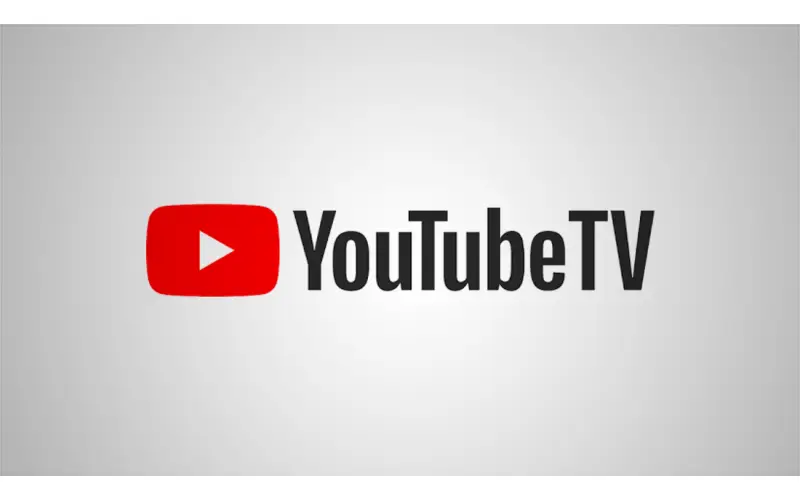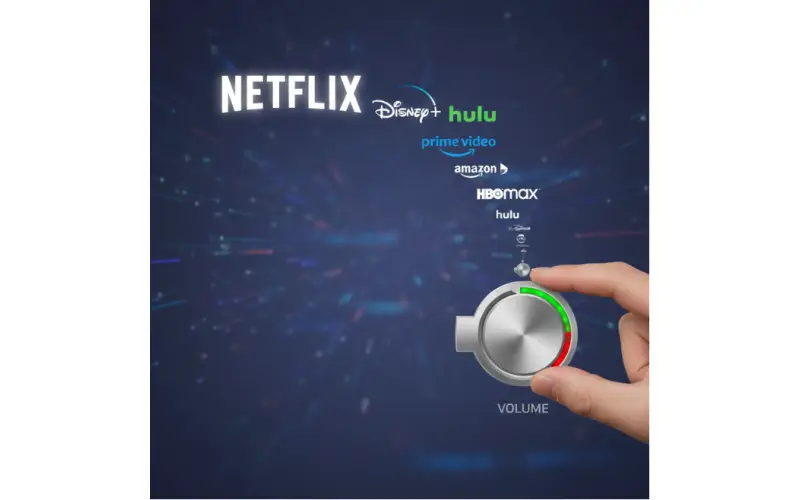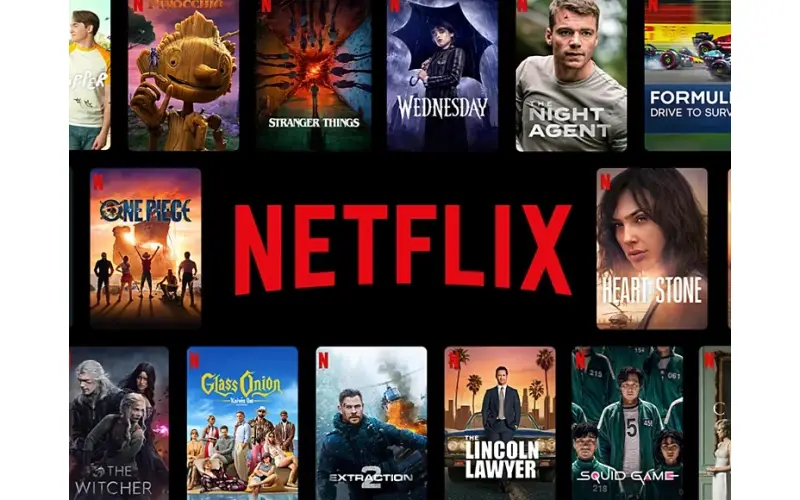By: Dipin Sehdev
For cord-cutters seeking an alternative to traditional cable packages, YouTube TV has long been a popular choice. But with its latest price increase announced on December 12th, 2024, that value proposition is starting to crumble. Let's delve into the details of the hike and explore the broader context of rising streaming costs.
YouTube TV's Price Hike: A $10 Jump and a Steeper Climb
The new price point for YouTube TV stands at $82.99 per month, a $10 increase from the previous $72.99. This seemingly modest jump translates to a significant annual cost: $995. This represents a staggering 137% increase compared to YouTube TV's launch price of $34.99 in 2017.
While Google cites "rising content costs" and investment in features like unlimited DVR storage as justifications, some subscribers remain skeptical. The service has also lost valuable content over the years, raising concerns about the true value proposition.
A Trend of Rising Tides: Price Hikes Across Streaming Services
YouTube TV isn't an isolated case. The entire streaming landscape has seen a relentless trend of price hikes. Here's a quick rundown:
- Netflix: The undisputed king of streaming has implemented multiple price increases in recent years, with standard plans exceeding $15 per month.
- Disney+: Initially lauded for its competitive price, Disney+ has also succumbed to the trend, introducing an ad-supported tier at a lower price point while raising the cost of its ad-free subscription.
- Hulu: Hulu hasn't been immune either. Its live TV bundle, Hulu + Live TV, currently matches YouTube TV's new price of $82.99 per month.
- Apple TV+ and Paramount+: These relative newcomers to the scene have also adjusted pricing structures, reflecting a general market shift.
The Cord-Cutting Paradox: Are We Back to Square One?
Social media reactions to YouTube TV's price hike highlight a growing concern - is cord-cutting becoming as expensive as traditional cable?
Many users pointed out the irony of ditching expensive cable packages only to face comparable costs by subscribing to multiple streaming services.
The Road Ahead: User Choice and Market Consolidation
As streaming prices continue to climb, users will face difficult choices. They can either:
- Consolidate: Subscribe to fewer services, sacrificing access to desired content.
- Rotate: Subscribe to specific services for a limited period to binge specific shows, then cancel and move on.
- Seek Alternatives: Explore free ad-supported streaming platforms (AVOD) or revert to traditional cable (albeit with potential negotiation tactics).
With rising content acquisition costs driving subscription hikes, we may also see further consolidation within the streaming industry. Mergers and acquisitions could lead to fewer players controlling a larger share of the content library, potentially limiting consumer choice.
A Careful Balancing Act
The streaming landscape is at a crossroads. While platforms offer unparalleled convenience and a vast array of content, rising costs threaten to erode the very value proposition that attracted cord-cutters in the first place.
For tech writers and consumers alike, it's crucial to analyze these trends critically. We need to understand the economics behind streaming services, evaluate the true value of offerings based on individual needs, and advocate for fair pricing structures.
This might involve subscribing strategically, pressuring platforms for transparency, and exploring alternative models that prioritize affordability and user choice. The future of streaming entertainment hinges on this delicate balancing act.





